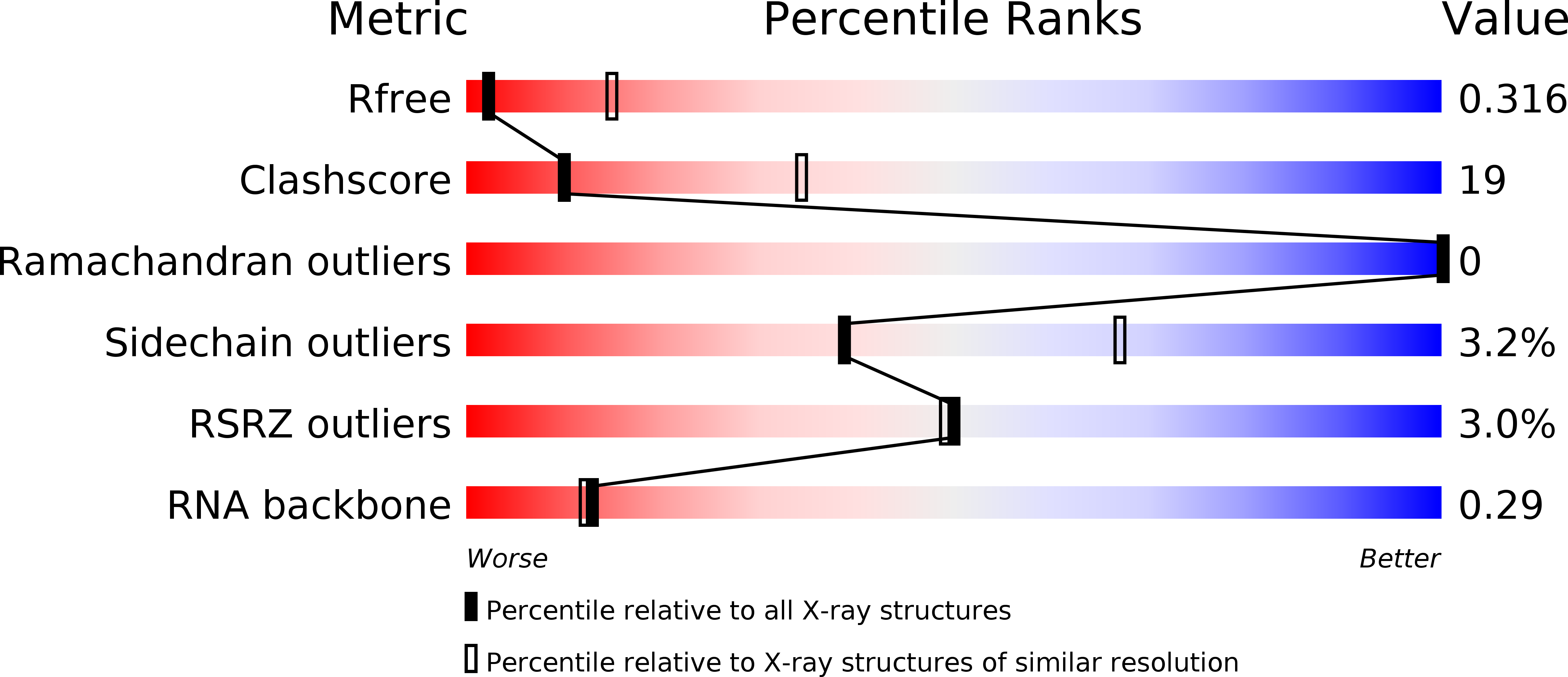
Deposition Date
2015-08-24
Release Date
2016-07-06
Last Version Date
2023-11-08
Entry Detail
Biological Source:
Source Organism:
Host Organism:
Method Details:
Experimental Method:
Resolution:
3.40 Å
R-Value Free:
0.31
R-Value Work:
0.26
R-Value Observed:
0.26
Space Group:
P 1 21 1


